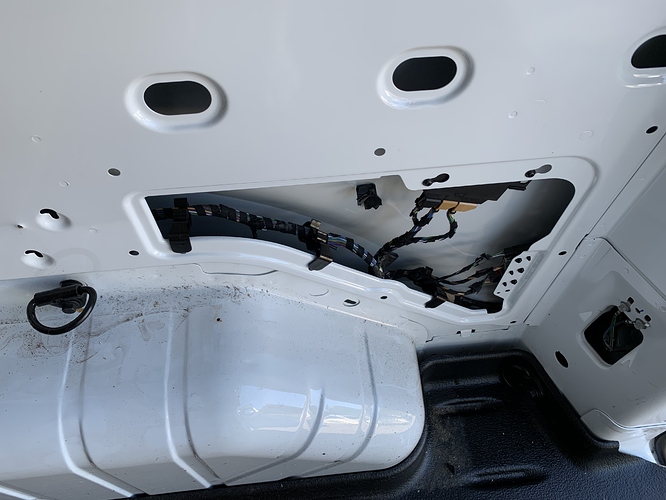Hi all,
I’m just beginning to think about insulating my van. I have a couple of awkward gaps where I will need to use a wool based insulation as I wont be able to get celetex in the gaps. I’m worried about possible condensation build up and then the insulation absorbing this water as the existing van electrics will be in the wool.
Any tips?
1 Like
I still have not decided about insulation myself, but I think I’ll strip the existing electrics out and put it back in the appropriate place in a special protective tube (I don’t know the expression in English).
Greetings & Welcome!
There are only 2 proper ways to insulate a vehicle. Either all metal needs to be ventilated so that no moisture can get trapped, or your insulation needs to be the wicking type, so that it will wick the moisture to the interior where it can then be evaporated out.
99.9% of the garbage you see online will trap moisture which will lead to rust and mold.
Factory vehicles use the wicking scheme for the floors with carpets, and the venting scheme for the inside of all body panels, plus a third method of adding drain holes all along the bottom of the body and doors to drain away any extra moisture. These drain holes, often referred to as weep holes, need to be kept clear and functioning at all times.
Secondarily, insulate for sound, not temperature. Insulating for temperature control in a vehicle is a waste of time and money. Under the best of conditions it might gain you a whole 15-20 minutes of comfort, and in many conditions it is totally counterproductive. Only proper heating and cooling equipment is going to keep you truly comfortable.
For reference, I’ve been living in vehicles full time since 1973, often in extremely hot, extremely cold, and often very humid conditions. I have tried every conceivable incarnation of insulation imaginable, and none of them are nearly as effective as proper heating & cooling. A $20 kerosene heater, and a ~$40 swamp cooler keep my van comfortable year round, with or without insulation. With a few other goodies like heating/cooling blankets & seat cushions, living in a vehicle can actually be quite comfortable.
Cheers!
"If you prepare for the worst, every thing else is easier." ~ Off Grid
Greetings!
Stripping stuff is rarely a good idea, and frequently introduces new and more complicated problems.
Build around existing, working components, but keep them intact. Don’t unnecessarily complicate the simple.
Cheers!
"If you prepare for the worst, every thing else is easier." ~ Off Grid
Ventilation is key. The last thing you want is to wake up with dew on the windows. Like others are saying, the right choice is to keep it simple. The material being referenced is called Jute in the automotive industry. Not all jute is the same. Some is the original natural fiber material from which the name comes. Others are synthetic materials used to insulate. Most true racing suppliers will have this. If you do your research you might find a second hand racing parts store that sells used racing parts. They’ll have rolls of the stuff as well as deals on electrical parts, useful vents, carbon fiber panels, and more. Search for places like this in Mooresville NC (online) and around Charlotte. We have most of the Nascar teams here. With the amount of teams going out of business these supplies should be plentiful.
